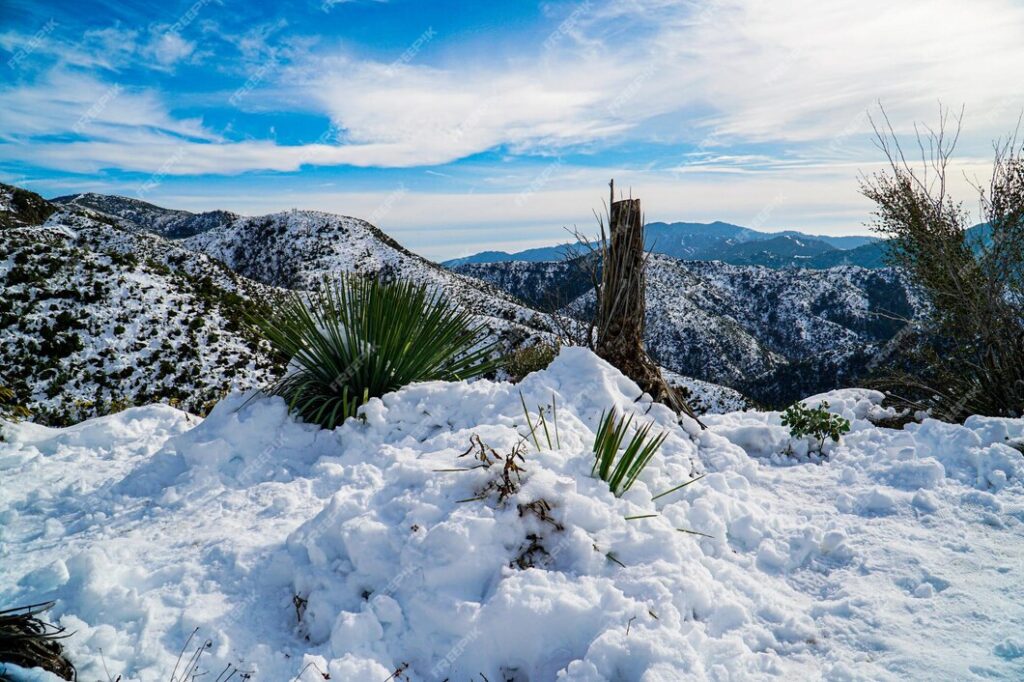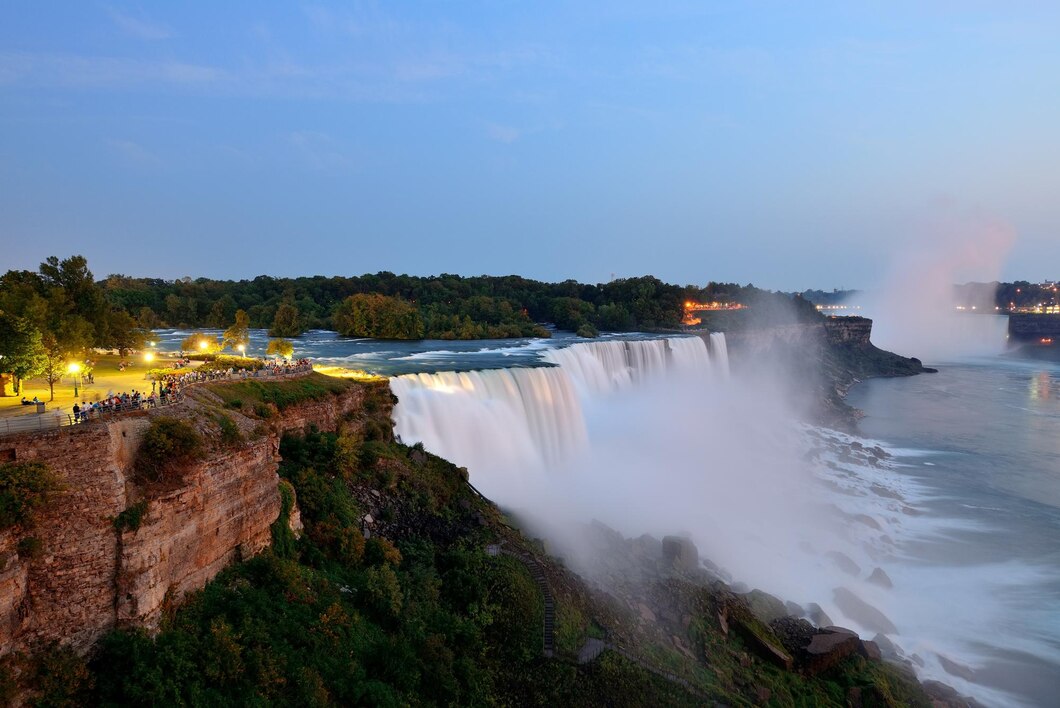Are you planning a trip to Central America? Find out when to travel with the help of the best experts. Learn the safest places to go, discover what currency to have, and prepare yourself what travel regulations to take along with you!
Best Time to Visit Central America
While it depends on what you’re looking for, if you’re trying to decide which time of year is best to visit Central America, you may be in luck. The region has two main seasons: dry time of year and rainy time of year. You’ll often find the best time to travel across Central America during the dry season from December to April. Less rain makes this the time to visit beaches, rainforests, and historical sites without fear that it will rain.
From May to November, Central America’s rainy season unveils a different kind of beauty. The lush landscapes and fewer travelers create a serene atmosphere. Despite the occasional heavy downpours, the mornings often greet you with clear skies. This makes it an ideal time for budget travelers to explore the region’s natural wonders.
Weather can also vary by country. Panama and Costa Rica, for example, have tropical climates year-round with high humidity. Guatemala and Honduras may be cold in the highlands. Knowing this can help you plan and make the most of your trip.
Entry Requirements for Traveling in Central America
Before you travel to Central America, you should familiarize yourself with the entry requirements in each country to avoid any last-minute surprises. Suppose you are a U.S., Canadian, or EU citizen. In that case, you may enter most Central American nations, including Costa Rica, Guatemala, Panama, and Belize, visa-free for up to 90 days. While not all countries need evidence of the onward journey, sometimes countries may ask for proof that you’ll be flying home, like a return flight ticket.
Keep your passport valid for at least six months beyond your travel dates. Some countries may even charge an entry or exit fee, so it’s best to have cash in the local currency or U.S. dollars.
If you are crossing by land, you should do your visa homework in advance in case of additional paperwork or entry fees at certain crossings. Check the latest Central America travel advisory to keep up with any changes. Taking time out to prepare in advance will ensure a hassle-free entry into your destination.
Weather and Climate
Central America is tropical, with generally warm temperatures all year round but varying weather by region. The coastal and low-lying areas are hot and humid, while those in the highlands are cooler, especially at night. The rainy season in Central America runs from May to November and includes frequent and heavy showers nearly all day but typically in the afternoon. The prettiest time to visit Central America is during the dry season, from December to April, with sunny days. The temperatures are cooler, and snow isn’t out of the question, but it doesn’t happen often. It’s something to add layers to and a good rain jacket for all seasons.
Safety Tips for Traveling in Central America
Ensuring your safety in Central America begins with thorough preparation. Stay updated on the latest travel advisories, make copies of important documents, and share your itinerary with a trusted person. These simple yet crucial steps will give you peace of mind and allow you to focus on enjoying your trip.
When in town, stick to well-trodden streets and don’t publicly showcase your valuables. If you want to plan a trip, research some of the safest countries in Central America, like Costa Rica and Panama, so you won’t have to worry too much. Only use licensed taxis and rideshare apps; be careful when using ATMs.
When exploring remote areas, especially nature, always travel in groups and follow local instructions. Be aware, be like the rest of the people, and have contact with the people you can contact in case of emergency. With the proper precautions, Central America can be a fantastic and secure destination.
Budget and Currency in Central America
Before traveling in Central America, you must plan your budget to avoid overspending. Each country has a different currency, so you must get the exchange rates. For example, one might use Costa Rican colón and Guatemalan quetzal, but U.S. dollars are accepted widely in tourist areas. Check the latest Central America currency to USD rates to ensure your money is worth the most.
You should use cash and cards to control your spending but watch out for ATM fees and exchange rates. Central America is very affordable for budget travelers as long as you stay in hostels, use public transportation, and tend to eat in local markets.
Tell your bank about your travel plans to prevent card problems before your trip. You should also have small bills for easier transactions in the countryside. With wise budgeting and careful planning, you’ll get the most out of your trip and won’t spend your whole month’s pay until you get home.
Transportation in Central America
Traveling around Central America can be inexpensive and adventurous, but you must plan for the best experience. Public buses are the most budget-friendly option, but they can be crowded and have security issues. Tourist shuttles and private transportation are the best for safer, more comfortable travel, especially over long distances.
Check the local driving conditions, road signs, and border crossing requirements if you rent a vehicle. Park in well-lit areas, and never leave valuables in your car. When you travel with taxis, ensure the services are licensed or hire a varied-hailing app to avoid scams.
Before you go, ensure you know the entry requirements and that your documents are acceptable. You should also keep a small amount of local currency for transportation fares. Prepare and be cautious, and you should have an enjoyable and safe time in Central America.
Language Tips for Traveling in Central America
Understanding the local culture and customs can significantly enhance your travel experience in Central America. For instance, in many Central American countries, greeting people with a handshake or kiss on the cheek is customary. Learning a few words in Spanish can also make your trip much more manageable. English is spoken in tourist areas like Belize and parts of Costa Rica, but it’s less common in rural areas. Knowing greetings in Spanish, asking for directions, or ordering food in Spanish can help you relate to people and acclimate more quickly.
If you’re going to areas where you can’t find an interpreter, download a translation app or have a small phrasebook to help you communicate. It’s also a good idea to learn key phrases before your trip.
When dealing with locals, try to be polite and patient. Always make sure to speak their language correctly (at least as well as you can), as they like to know that you are trying your best to understand their culture. Even a simple “gracias” (thank you) or “por favor” (please) can help you have a friendly travel experience. Knowing the local language gives your journey time and respect for the culture.
Top Destinations in Central America
There are many amazing places to visit in Central America for every type of traveler. Nature lovers will not regret moving to Costa Rica, which has lush rainforests, volcanoes, and stunning beaches. Antigua, Guatemala (if you want cultural heritage) has charming colonial streets and bustling local markets. It is fantastic for diving enthusiasts; the Great Blue Hole and the pristine coral reefs are well known.
Panama City is a bustling city with modern skyscrapers and historic districts, perfect for those who love city life. Every country has different attractions, and each is the best time to visit Central America for good weather, so plan your itinerary accordingly based on what you want to see while you’re there. Central America is an excellent place for adventure, history, or relaxation.
Cultural Insights for Traveling in Central America
Cultural diversity has heavily influenced Central America, which inherited its culture from the natives, Europeans, and Afro-Caribbean heritage. Customs vary by country, but it’s always nice to show respect and be friendly in any country. When visiting churches or sacred sites, dress modestly and follow local etiquette.
Peace begins in the politeness of greeting everybody with a polite ‘buenos días’ (good morning) or saying ‘gracias’ (thank you). Festivals and celebrations, from Semana Santa in Guatemala to Panama’s colorful carnivals, offer a chance to learn local traditions. Knowing what to tip at a restaurant or whether or not to bargain at a market can go a long way to immersing yourself in the local’s way of being respectful and open-minded, which will give you to appreciate the region’s vibrant cultures.
Food and Dining in Central America

Food is an essential part of the experience when traveling in Central America, offering a delicious mix of flavors influenced by indigenous and Spanish traditions. Must-try dishes include gallo pinto (a rice and beans staple) in Costa Rica, pupusas (stuffed corn tortillas) in El Salvador, and ceviche, which is widespread in coastal regions.
Street food is a great way to enjoy authentic flavors at a low cost, but be sure to choose busy vendors to ensure freshness. Dining at local markets is an excellent way to experience traditional flavors while staying on budget. If you’re unsure about food safety, opt for bottled water and avoid raw foods in less developed areas. Tipping is generally expected in sit-down restaurants, usually around 10%. Exploring the diverse cuisine of Central America will introduce you to rich flavors and local hospitality.
Does It Snow in Central America?

Due to its warm climate, snow is scarce in Central America. While most areas enjoy tropical weather, high-altitude regions in Guatemala and Costa Rica can get chilly, but snowfall is almost nonexistent.
Final Thoughts
With its perfect mix of adventure, culture, and natural beauty, central America makes for the perfect getaway all year through. Planning will make your trip to Central America comfortable and valuable regardless of your interests or budget. You’ll find it whether you’re after vibrant cities or serene beaches. Get informed, consider travel, and enjoy all these diverse region offers.




